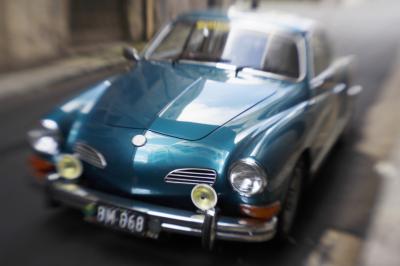
Every state requires drivers to have a license plate mounted properly to their vehicle. Some places allow you to mount it on only the back of the vehicle and others require you to place it on both the front and back. Mounting a license plate to the back of a vehicle is easy because the car is often equipped with the hardware, but attaching the plate to the front bumper may be difficult if the car was not constructed with the appropriate equipment.
Check your state’s requirements for license plate placement. You can find this information on your state's department of motor vehicle website or by calling the department. You must follow your state’s license plate laws to operate a vehicle legally.
Remove the screws holding the old license plate or temporary plate. If you just purchased a vehicle, there will mostly likely be a temporary plate underneath a frame with the dealerships name on it, held in by long screws. You can choose to keep the frame, use a new one, or eliminate the frame. Employ a handheld or electrical screwdriver to remove the long screws. Old cars that have accumulated rust around the screws may require a powerful screwdriver to remove them. Consider replacing rusted screws.
Put the screws through the frame if you choose to use one, and then through the holes on the plate. A license plate has four holes on it--two on the top and two on the bottom. Using screws in all four holes enhances license plate support. Screw them in tightly so they do not come loose over time.
If you car has holes in the front bumper, specifically for a license plate, then you can easily attach your license plate using the same method as the back plate. When a bumper lacks holes, you must drill them. Place the license place in the center of the bumper and mark the bumper where the holes sit. Use a powerful drill, the same size as the screws you will use to hold the plate in place, and apply moderate pressure until the drill pierces the bumper. Because a bumper is often round in shape, you can choose to drill just the holes in the top because the license plate can not rest flat against the bumper.